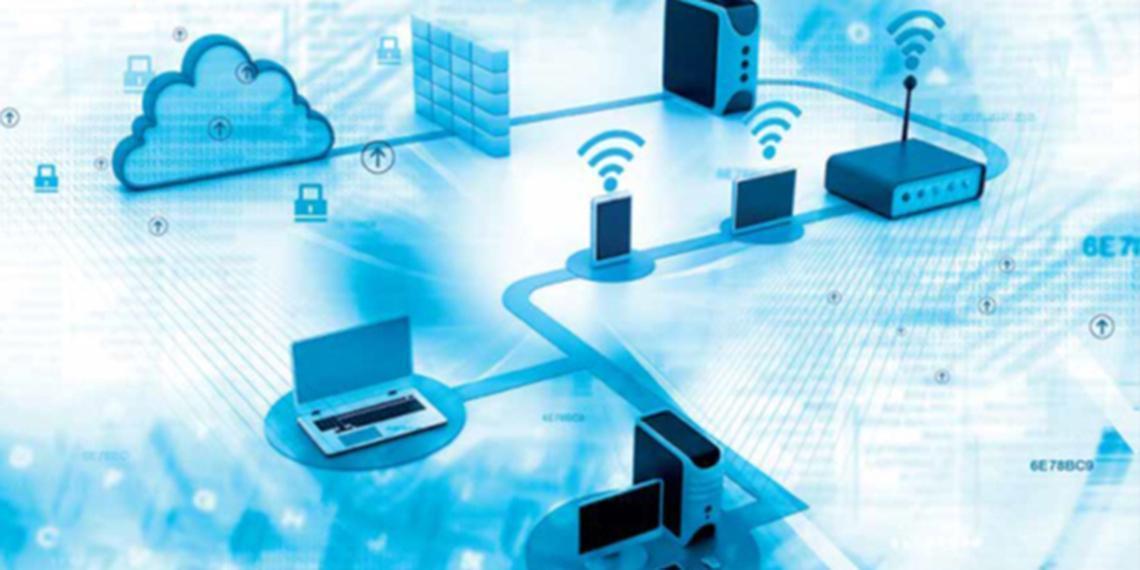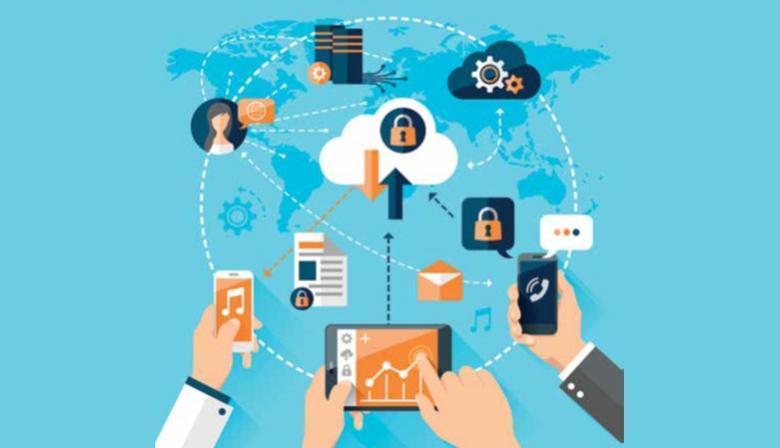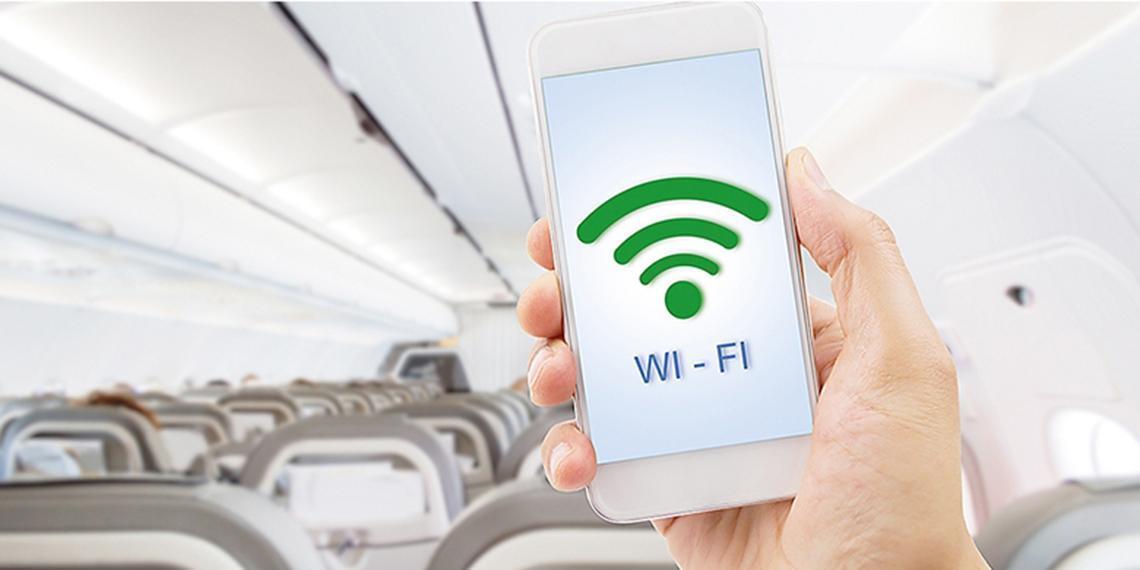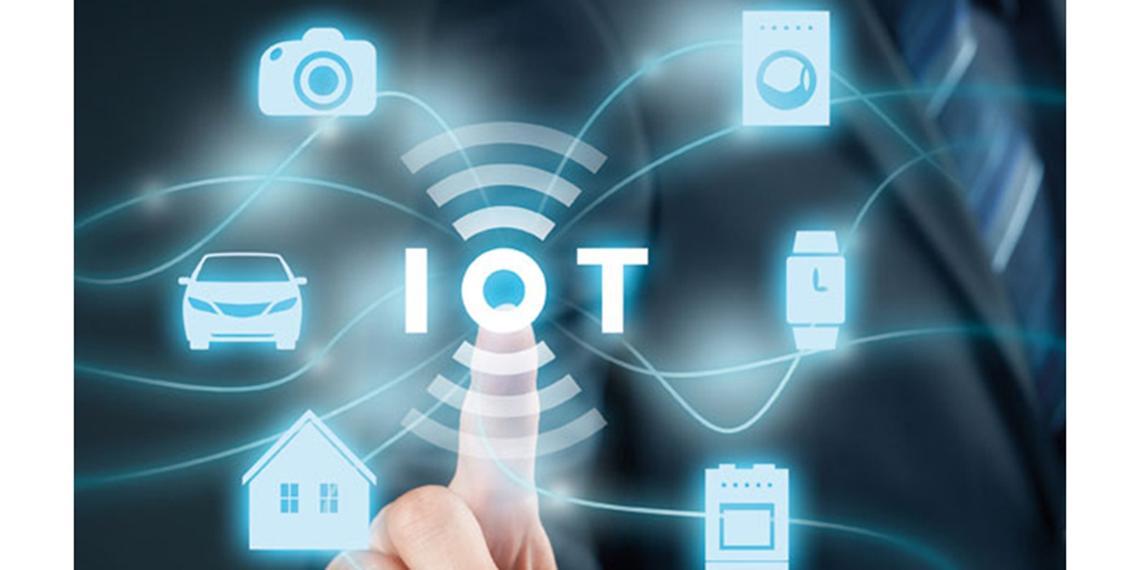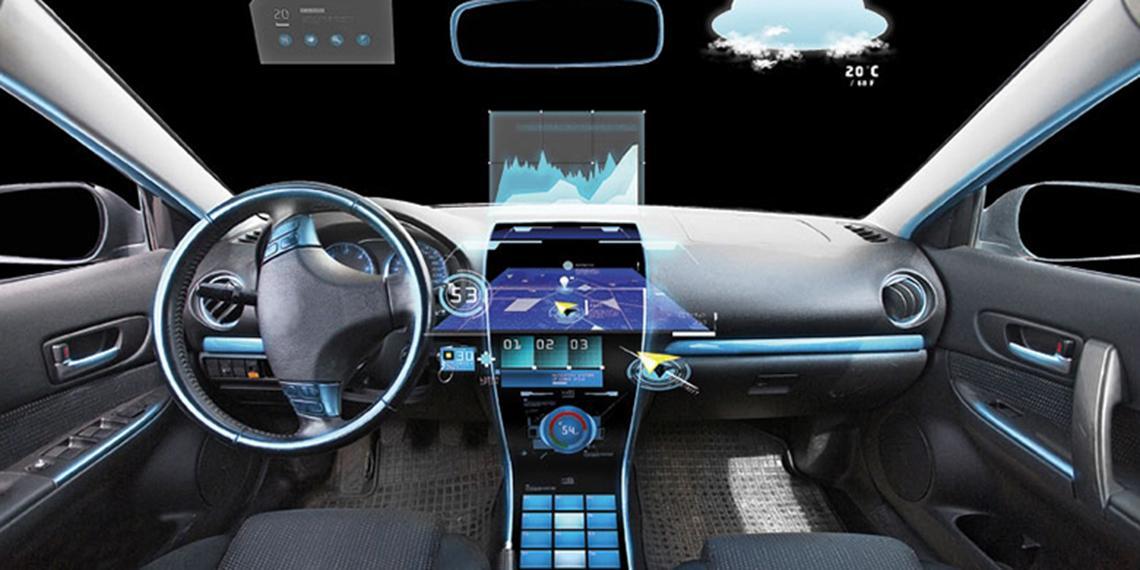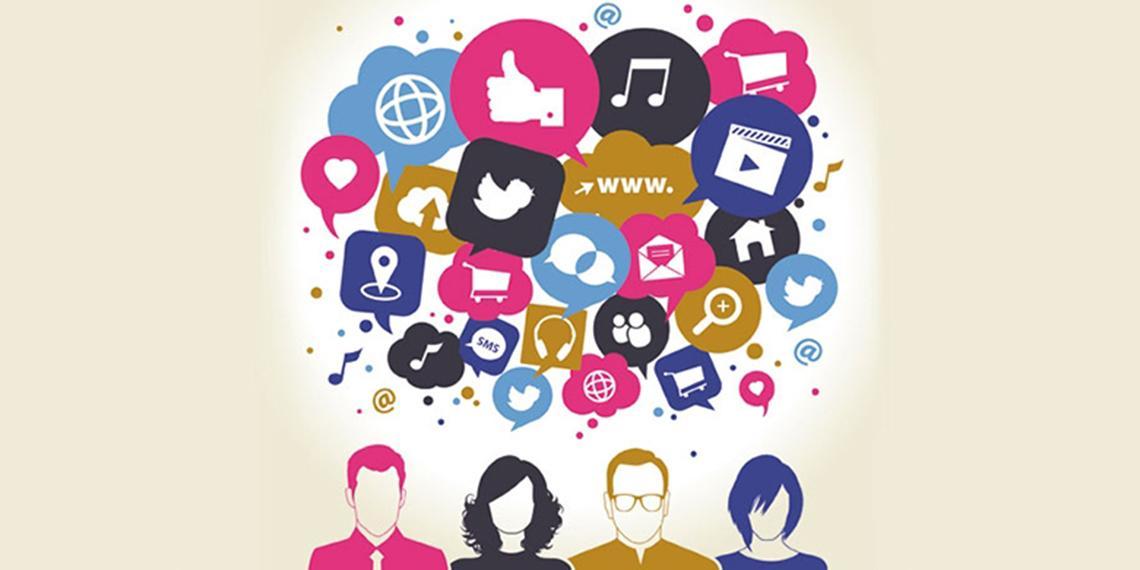As revenues from voice and data services continue to subside, cloud services offer a perfect chance for communications service providers (CSPs) to drive growth by building out new income streams. Their expertise in network infrastructure and connectivity makes the move into infrastructure-as-a-service (IaaS) a natural step for CSPs. However, the cloud market is dominated by major players such as Amazon, Microsoft and Google, so direct competition would be a huge challenge for telcos. Referring to that, where does the opportunity lie?

Empty Category
As revenues from voice and data services continue to subside, cloud services offer a perfect chance for communications service providers (CSPs) to drive growth by building out new income streams. Their expertise in network infrastructure and connectivity makes the move into infrastructure-as-a-service (IaaS) a natural step for CSPs. However, the cloud market is dominated by major players such as Amazon, Microsoft and Google, so direct competition would be a huge challenge for telcos. Referring to that, where does the opportunity lie?
Alibaba Cloud in conjunction with YVOLV officially announced details of the launch of its new datacenter in Dubai. President of Alibaba Cloud, Simon Hu, and vice president, Sicheng Yu, were joined by the CEO of YVOLV, Fahad Alhajeri, at a press conference in which the trio outlined both their delight at the joint-venture, as well as their hopes and aspirations that the collaboration between the two companies will be a successful one.
Alibaba Cloud in conjunction with YVOLV officially announced details of the launch of its new datacenter in Dubai. President of Alibaba Cloud, Simon Hu, and vice president, Sicheng Yu, were joined by the CEO of YVOLV, Fahad Alhajeri, at a press conference in which the trio outlined both their delight at the joint-venture, as well as their hopes and aspirations that the collaboration between the two companies will be a successful one.
In its recent 'State of Broadband 2016' report, the United Nations International Telecommunications Union (ITU) says the increasing divide between the connected world and the un-connected world is worrying. According to the report, more than half the world's population does not use the internet because of high broadband costs and inaccessibility. The report further touches on the fact that 3.9 billion people do not have home or mobile internet access, and that the problem is most prominent among the groups including ""females, elderly, less educated, lower income and rural (populations).""
In its report, ITU indicates that it's vital to bring unconnected people online to ensure everyone has an equal opportunity to participate in the digital economy and access all the information opportunities that the internet can provide in the workforce, education, etc. Increased connectivity also plays into achieving the UN's Sustainable Development Goals (SDGs) by 2020, as the internet has the power to enrich people's lives. In fact, the ITU's 'Connect 2020' targets call for 60% of the world's population to be online by 2020, which is equivalent to bringing 1.2 billion people online over the next four years, according to the report.
One of the problems that have been raised by ITU in seeing its goals reached is that fixed broadband access is too expensive. Even though the cost of it has dropped over the last decade, it remains ""clearly unaffordable"" in many of the world's poorest countries, says ITU. Stats show that in 2008, the average price for a basic fixed broadband connection around the world was $80 per month, which decreased to $25 a month a year later. Progress is being made, but in poorer countries, a fixed broadband monthly package with just one gigabyte of data (roughly the amount needed to download an average movie) still costs more than half of an average annual salary.
A solution to expensive broadband, according to the report, is mobile internet access. Mobile broadband networks cover about 84% of the world's population. But the main barrier facing extensive use of mobile broadband is the expensive cost of handsets, as opposed to the price of a monthly subscription package. ""In 2016, people no longer go online, they are online,"" says the report. ""Yet many people are still not using the internet, and many users do not fully benefit from its potential.""
3.9 billion people offline is a large number, but those people are considerably concentrated in certain areas, says the report. The United States features in the top 20 countries with the largest offline population at #15. Overall, the top 20 countries on the list account for around 75% of the total global offline population. The top three countries include India, China and Indonesia, which account for 46% of the offline population in the world; while Pakistan, Bangladesh and Nigeria add to the list, collectively contributing to 55% of the world's offline population.
""Interestingly, two of the top three countries for the total numbers of people offline are also the top countries for the total number of people online,"" says the report. ""With an estimated 277 million internet users, India has now overtaken the US to become the world's second largest internet marker, second only to China.""
In order to increase digital access globally, the UN agency says it needs better data about who is being shut out of the information technology world. In the report it explains, ""A data revolution is needed to better understand who uses the internet, where and how."" Addressing the problems with the data set that has been predominate for years, ITU highlighted that mobile phone subscriptions - long cited as a connectivity indicator - no longer reliably reflected actual mobile phone use.
While there are nearly as many mobile subscriptions in the world as there are people, in some regions, up to 40% of people do not own or use a mobile phone, according to the report, suggesting the huge number of people with multiple subscriptions has skewed the data. In fact, Ericsson's November 2016 Mobility Report says the number of mobile subscriptions exceeds the population in many countries, ""which is largely due to inactive subscriptions, multiple device ownership or optimization of subscriptions for different types of calls.""
ITU forecasts that the total number of mobile broadband and subscriptions will reach 3.6 billion by the end of 2016, while almost half of all mobile subscriptions are already broadband-enabled. The difference between mobile broadband adoptions in developed vs. developing countries is highlighted in the report: the technology is popular in developed nations because of its convenience, whereas in developing nations, ""chronic lack of fixed telecommunications infrastructure makes mobile more a platform of necessity, rather than choice.""
Tech giants Facebook and Google have made moves to bridge connectivity division by using satellite and drone technology. Internet access in Africa is limited by a lower penetration rate when compared to the rest of the world. Internet penetration was only 28.6 percent in 2015 compared to the world average of 46.4 percent, according to Internet World Stats. In an effort to expand connectivity in Africa, Facebook partnered with French satellite company Eutelsat on a new initiative that will leverage satellite technologies to get more Africans online.
Under a multi-year agreement with Spacecom, the two companies will utilize the entire broadband payload on the future AMOS-6 satellite and will build a dedicated system comprising satellite capacity, gateways and terminals. In providing reach to large parts of sub-Saharan Africa, Eutelsat and Facebook will each be equipped to pursue their ambition to accelerate data connectivity for the many users deprived of the economic and social benefits of the internet. This initiative will be followed by a Eutelsat standalone satellite to be launched in 2019 that will enable Eutelsat to broaden its African footprint for broadband services.
Scheduled for start of service in 2017, the Ka-band payload on the AMOS-6 geostationary satellite is configured with high gain spot beams covering large parts of West, East and Southern Africa. The capacity is optimized for community and direct-to-user internet access using affordable, off-the-shelf customer equipment.
According to the terms of the agreement, the capacity will be shared between Eutelsat and Facebook. Using state-of-the-art satellite technology, Eutelsat and Facebook will each deploy internet services designed to relieve pent-up demand for connectivity from the many users in Africa beyond range of fixed and mobile terrestrial networks.
Moreover, Facebook is building solar-powered drones which will fly for months at a time above remote regions, beaming down an internet connection. The project began when Facebook purchased a small British business called Ascenta, which specializes in solar-powered drones. Ascenta's owner, Andy Cox, is the engineer running what has been dubbed 'Project Aquila'.
A similar project by Google, called 'Project Loon', uses high altitude balloons placed in the stratosphere at an altitude of about 18km to create an aerial wireless network with up to 4G-LTE speeds. The project aims to connect people to the internet in the same remote regions that Project Aquila is targeting. A special internet antenna is attached to a building which connects to the balloon above. The signal travels through the balloon network from balloon to balloon, then to a ground-based station connected to an internet service provider (ISP), then onto the global internet.
In its recent 'State of Broadband 2016' report, the United Nations International Telecommunications Union (ITU) says the increasing divide between the connected world and the un-connected world is worrying. According to the report, more than half the world's population does not use the internet because of high broadband costs and inaccessibility. The report further touches on the fact that 3.9 billion people do not have home or mobile internet access, and that the problem is most prominent among the groups including ""females, elderly, less educated, lower income and rural (populations).""
In its report, ITU indicates that it's vital to bring unconnected people online to ensure everyone has an equal opportunity to participate in the digital economy and access all the information opportunities that the internet can provide in the workforce, education, etc. Increased connectivity also plays into achieving the UN's Sustainable Development Goals (SDGs) by 2020, as the internet has the power to enrich people's lives. In fact, the ITU's 'Connect 2020' targets call for 60% of the world's population to be online by 2020, which is equivalent to bringing 1.2 billion people online over the next four years, according to the report.
One of the problems that have been raised by ITU in seeing its goals reached is that fixed broadband access is too expensive. Even though the cost of it has dropped over the last decade, it remains ""clearly unaffordable"" in many of the world's poorest countries, says ITU. Stats show that in 2008, the average price for a basic fixed broadband connection around the world was $80 per month, which decreased to $25 a month a year later. Progress is being made, but in poorer countries, a fixed broadband monthly package with just one gigabyte of data (roughly the amount needed to download an average movie) still costs more than half of an average annual salary.
A solution to expensive broadband, according to the report, is mobile internet access. Mobile broadband networks cover about 84% of the world's population. But the main barrier facing extensive use of mobile broadband is the expensive cost of handsets, as opposed to the price of a monthly subscription package. ""In 2016, people no longer go online, they are online,"" says the report. ""Yet many people are still not using the internet, and many users do not fully benefit from its potential.""
3.9 billion people offline is a large number, but those people are considerably concentrated in certain areas, says the report. The United States features in the top 20 countries with the largest offline population at #15. Overall, the top 20 countries on the list account for around 75% of the total global offline population. The top three countries include India, China and Indonesia, which account for 46% of the offline population in the world; while Pakistan, Bangladesh and Nigeria add to the list, collectively contributing to 55% of the world's offline population.
""Interestingly, two of the top three countries for the total numbers of people offline are also the top countries for the total number of people online,"" says the report. ""With an estimated 277 million internet users, India has now overtaken the US to become the world's second largest internet marker, second only to China.""
In order to increase digital access globally, the UN agency says it needs better data about who is being shut out of the information technology world. In the report it explains, ""A data revolution is needed to better understand who uses the internet, where and how."" Addressing the problems with the data set that has been predominate for years, ITU highlighted that mobile phone subscriptions - long cited as a connectivity indicator - no longer reliably reflected actual mobile phone use.
While there are nearly as many mobile subscriptions in the world as there are people, in some regions, up to 40% of people do not own or use a mobile phone, according to the report, suggesting the huge number of people with multiple subscriptions has skewed the data. In fact, Ericsson's November 2016 Mobility Report says the number of mobile subscriptions exceeds the population in many countries, ""which is largely due to inactive subscriptions, multiple device ownership or optimization of subscriptions for different types of calls.""
ITU forecasts that the total number of mobile broadband and subscriptions will reach 3.6 billion by the end of 2016, while almost half of all mobile subscriptions are already broadband-enabled. The difference between mobile broadband adoptions in developed vs. developing countries is highlighted in the report: the technology is popular in developed nations because of its convenience, whereas in developing nations, ""chronic lack of fixed telecommunications infrastructure makes mobile more a platform of necessity, rather than choice.""
Tech giants Facebook and Google have made moves to bridge connectivity division by using satellite and drone technology. Internet access in Africa is limited by a lower penetration rate when compared to the rest of the world. Internet penetration was only 28.6 percent in 2015 compared to the world average of 46.4 percent, according to Internet World Stats. In an effort to expand connectivity in Africa, Facebook partnered with French satellite company Eutelsat on a new initiative that will leverage satellite technologies to get more Africans online.
Under a multi-year agreement with Spacecom, the two companies will utilize the entire broadband payload on the future AMOS-6 satellite and will build a dedicated system comprising satellite capacity, gateways and terminals. In providing reach to large parts of sub-Saharan Africa, Eutelsat and Facebook will each be equipped to pursue their ambition to accelerate data connectivity for the many users deprived of the economic and social benefits of the internet. This initiative will be followed by a Eutelsat standalone satellite to be launched in 2019 that will enable Eutelsat to broaden its African footprint for broadband services.
Scheduled for start of service in 2017, the Ka-band payload on the AMOS-6 geostationary satellite is configured with high gain spot beams covering large parts of West, East and Southern Africa. The capacity is optimized for community and direct-to-user internet access using affordable, off-the-shelf customer equipment.
According to the terms of the agreement, the capacity will be shared between Eutelsat and Facebook. Using state-of-the-art satellite technology, Eutelsat and Facebook will each deploy internet services designed to relieve pent-up demand for connectivity from the many users in Africa beyond range of fixed and mobile terrestrial networks.
Moreover, Facebook is building solar-powered drones which will fly for months at a time above remote regions, beaming down an internet connection. The project began when Facebook purchased a small British business called Ascenta, which specializes in solar-powered drones. Ascenta's owner, Andy Cox, is the engineer running what has been dubbed 'Project Aquila'.
A similar project by Google, called 'Project Loon', uses high altitude balloons placed in the stratosphere at an altitude of about 18km to create an aerial wireless network with up to 4G-LTE speeds. The project aims to connect people to the internet in the same remote regions that Project Aquila is targeting. A special internet antenna is attached to a building which connects to the balloon above. The signal travels through the balloon network from balloon to balloon, then to a ground-based station connected to an internet service provider (ISP), then onto the global internet.
neXgen Group has garnered a reputation for being one of the top smart city consultants in the region - a thought leader in the domains of smart cities and next generation technology innovation. The company has since evolved from its consultancy status and added smart city managed services through its cloud-based smart city as a service platform. Telecom Review caught up with Ghazi Atallah, neXgen Group's CEO.
neXgen Group has garnered a reputation for being one of the top smart city consultants in the region - a thought leader in the domains of smart cities and next generation technology innovation. The company has since evolved from its consultancy status and added smart city managed services through its cloud-based smart city as a service platform. Telecom Review caught up with Ghazi Atallah, neXgen Group's CEO.
The Telecommunications Regulatory Authority (TRA) has featured the 'Erteqaa’ initiative during its participation at GITEX 2016 held from October 16 to 20, 2016 at the Dubai World Trade Center. The initiative aims to improve the telecom service centers in the UAE through a customer survey to help identify that services that increase their satisfaction in all telecom operators’ service centers across the UAE.
The Telecommunications Regulatory Authority (TRA) has featured the 'Erteqaa’ initiative during its participation at GITEX 2016 held from October 16 to 20, 2016 at the Dubai World Trade Center. The initiative aims to improve the telecom service centers in the UAE through a customer survey to help identify that services that increase their satisfaction in all telecom operators’ service centers across the UAE.
The telecommunications industry is continuously evolving, influencing unexpected industries - even the energy sector. Now that connectivity is such a vital part of modern lifestyle, people today expect telecom operators to provide them with seamless service. But that isn't always possible, especially for remote and rural regions that often suffer from power blackouts. That was, until zinc-air energy storage emerged as a promising solution.
The telecommunications industry is continuously evolving, influencing unexpected industries - even the energy sector. Now that connectivity is such a vital part of modern lifestyle, people today expect telecom operators to provide them with seamless service. But that isn't always possible, especially for remote and rural regions that often suffer from power blackouts. That was, until zinc-air energy storage emerged as a promising solution.
WiFi connections now exist almost everywhere in modern infrastructure, found in a multitude of areas, from cafes to your local bus stop, airports, schools and offices. Without the convenience of WiFi, connecting with people on-the-go wouldn't be anywhere near as easy as it is today. For a long time, WiFi didn't penetrate the commercial airline industry. Traveling through the sky, passengers were expected to switch off their mobile phone and accept a general lack of connectivity with the world below. That tradition has changed in recent years, with the emergence of reliable and often free WiFi services available on commercial flights.
WiFi connections now exist almost everywhere in modern infrastructure, found in a multitude of areas, from cafes to your local bus stop, airports, schools and offices. Without the convenience of WiFi, connecting with people on-the-go wouldn't be anywhere near as easy as it is today. For a long time, WiFi didn't penetrate the commercial airline industry. Traveling through the sky, passengers were expected to switch off their mobile phone and accept a general lack of connectivity with the world below. That tradition has changed in recent years, with the emergence of reliable and often free WiFi services available on commercial flights.
The communications space is growing as disruptive internet companies are increasing their dominance. Communications service providers (CSPs) need their own digital strategies and action plans to face the challenge of this changing business environment.
The communications space is growing as disruptive internet companies are increasing their dominance. Communications service providers (CSPs) need their own digital strategies and action plans to face the challenge of this changing business environment.
Internet of things: a term that internet users have been peppering the search engine with questions about. But what does it mean for real life and how big is it going?
Internet of things: a term that internet users have been peppering the search engine with questions about. But what does it mean for real life and how big is it going?
Ever dreamed of kicking back, letting go of the wheel and reading the paper during the commute to work? In large cities, that could soon be a reality. We have reached an era where every single device or object is connected. We have reached a point where our cars can take us for a long ride without even bothering to drive ourselves.
Ever dreamed of kicking back, letting go of the wheel and reading the paper during the commute to work? In large cities, that could soon be a reality. We have reached an era where every single device or object is connected. We have reached a point where our cars can take us for a long ride without even bothering to drive ourselves.
Social networking has taken the online world by storm. It's no joke when it's said that social media has taken over the lives of people in our modern age. In many ways, it has led to positive changes in the way people communicate and share information; however, it has a dark side as well. With increasing platforms available to the public, is the information people share actually posing a threat to their privacy? Has it become too invasive?
In most of the cities, our life relies on the functioning and availability of one or multiple datacenters. Most of the things in every segment of human activity are controlled by datacenters. As technologies are getting advanced, people are depending more on datacenters as they offer the greater levels of security, flexibility and accessibility to data and information around the world. Let's take a look at the innovations that will impact the future of datacenters.
Datacenters are responsible for the entire infrastructure in most businesses; they help businesses run efficiently. They are also responsible for keeping things under control and require regulation and extreme cooling, in some cases, in order to keep systems from overheating. But with new technologies and trends coming up, the way we think about the datacenter is changing. These technologies and processes that power the datacenters have grown at an exponential rate and the IT skills needed to manage these new datacenters are changing as well.
As we all know, quality storage and handling are key to an organization's success, but with the various innovations and new technologies, the future of datacenters is getting affected, as well as companies.
Artificial intelligence (AI) is one of these trends. As more and more companies make advances in artificial intelligence and machine learning, it is only a matter of time before these innovations make their way into datacenters. Previously, Google made headlines when it announced that it was using machine learning through neural networks to optimize its datacenters, even releasing a white paper explaining the process.
Google primarily used its system to manage and optimize the datacenter operations, specifically the IT load, temperature and proficiency of cooling equipment. All of this contributed to a more energy efficient datacenter, but AI could end up proving useful for other datacenter issues as it is further developed, such as automating certain drives for specific tasks and so on.
The second innovation is IPv6. It's no secret that a lot of options regarding current IPv4 (Internet Protocol version 4) addresses have been exhausted - IPv4 ran out of addresses and the routing tables have gotten too big. The intended replacement that will alleviate this issue is the introduction of IPv6 (Internet Protocol version 6). While probably still a way off, IPv6 will definitely affect the datacenter.
IPv6 addresses open up a ton of new IP addresses, but are designed to be compatible with IPv4 as well. In addition to the increase in addresses, IPv6 offers other benefits to increase efficiency, such as improved security and new services support.
Solid state drives (SSDs), a third innovation, are nothing new, but they are still a touchy subject in the enterprise datacenter due to expense and interface issues. While few companies have gone full flash, the performance and durability of SSDs can't be denied. Hybrid storage solutions present a unique way to experiment with flash storage without breaking the bank. For example, using SSDs to handle caching can speed access to critical data without going full Monty. As the technology behind SSDs mature though, they will likely replace hard disk drives in the datacenter.
Another IT constant that will continue to drive change in the datacenter is virtualization. The list of current benefits is long, including better testing, easier backups and faster redeployments, among others. There are arguments about the viability of virtualization, especially regarding data reading from storage in virtual environments. However, new virtualization technologies are arriving every day to improve the performance of virtualization in the datacenter and make it a better option than it once was.
Additionally, more of these innovations are that of the virtual storage area network (VSAN). Recently, VMware announced its Virtual SAN (VSAN) - a software-defined storage system built into the hypervisor. Virtualization tools, like VSAN, help to increase flexibility in the datacenter, and helps with automation as well.
As for the last trend, cloud solutions. While some companies went running toward the cloud, most approached it with reserve, because the pros and the cons of the cloud depend so heavily on the industry the enterprise is in.
For many, the hybrid cloud solution works well to balance the performance and simplicity of the public cloud with the security and stability of an on-premise datacenter. In addition to security concerns, cloud costs are still a barrier for some companies. As cloud solutions become more secure overall and continue to drop in price, we will likely see more moves to datacenters that are primarily cloud-based.
Given the ever-increasing importance of efficient, scalable datacenter infrastructure, innovation will continue and won't be limited to the physical construction or space. Data and networking needs are expected to grow, and we will see continued evolution in how datacenters are built and managed around the world. According to one prediction, by 2020 the world's data will increase 44-fold since 2009. Those 35 zettabytes will need somewhere to live.
In most of the cities, our life relies on the functioning and availability of one or multiple datacenters. Most of the things in every segment of human activity are controlled by datacenters. As technologies are getting advanced, people are depending more on datacenters as they offer the greater levels of security, flexibility and accessibility to data and information around the world. Let's take a look at the innovations that will impact the future of datacenters.
Datacenters are responsible for the entire infrastructure in most businesses; they help businesses run efficiently. They are also responsible for keeping things under control and require regulation and extreme cooling, in some cases, in order to keep systems from overheating. But with new technologies and trends coming up, the way we think about the datacenter is changing. These technologies and processes that power the datacenters have grown at an exponential rate and the IT skills needed to manage these new datacenters are changing as well.
As we all know, quality storage and handling are key to an organization's success, but with the various innovations and new technologies, the future of datacenters is getting affected, as well as companies.
Artificial intelligence (AI) is one of these trends. As more and more companies make advances in artificial intelligence and machine learning, it is only a matter of time before these innovations make their way into datacenters. Previously, Google made headlines when it announced that it was using machine learning through neural networks to optimize its datacenters, even releasing a white paper explaining the process.
Google primarily used its system to manage and optimize the datacenter operations, specifically the IT load, temperature and proficiency of cooling equipment. All of this contributed to a more energy efficient datacenter, but AI could end up proving useful for other datacenter issues as it is further developed, such as automating certain drives for specific tasks and so on.
The second innovation is IPv6. It's no secret that a lot of options regarding current IPv4 (Internet Protocol version 4) addresses have been exhausted - IPv4 ran out of addresses and the routing tables have gotten too big. The intended replacement that will alleviate this issue is the introduction of IPv6 (Internet Protocol version 6). While probably still a way off, IPv6 will definitely affect the datacenter.
IPv6 addresses open up a ton of new IP addresses, but are designed to be compatible with IPv4 as well. In addition to the increase in addresses, IPv6 offers other benefits to increase efficiency, such as improved security and new services support.
Solid state drives (SSDs), a third innovation, are nothing new, but they are still a touchy subject in the enterprise datacenter due to expense and interface issues. While few companies have gone full flash, the performance and durability of SSDs can't be denied. Hybrid storage solutions present a unique way to experiment with flash storage without breaking the bank. For example, using SSDs to handle caching can speed access to critical data without going full Monty. As the technology behind SSDs mature though, they will likely replace hard disk drives in the datacenter.
Another IT constant that will continue to drive change in the datacenter is virtualization. The list of current benefits is long, including better testing, easier backups and faster redeployments, among others. There are arguments about the viability of virtualization, especially regarding data reading from storage in virtual environments. However, new virtualization technologies are arriving every day to improve the performance of virtualization in the datacenter and make it a better option than it once was.
Additionally, more of these innovations are that of the virtual storage area network (VSAN). Recently, VMware announced its Virtual SAN (VSAN) - a software-defined storage system built into the hypervisor. Virtualization tools, like VSAN, help to increase flexibility in the datacenter, and helps with automation as well.
As for the last trend, cloud solutions. While some companies went running toward the cloud, most approached it with reserve, because the pros and the cons of the cloud depend so heavily on the industry the enterprise is in.
For many, the hybrid cloud solution works well to balance the performance and simplicity of the public cloud with the security and stability of an on-premise datacenter. In addition to security concerns, cloud costs are still a barrier for some companies. As cloud solutions become more secure overall and continue to drop in price, we will likely see more moves to datacenters that are primarily cloud-based.
Given the ever-increasing importance of efficient, scalable datacenter infrastructure, innovation will continue and won't be limited to the physical construction or space. Data and networking needs are expected to grow, and we will see continued evolution in how datacenters are built and managed around the world. According to one prediction, by 2020 the world's data will increase 44-fold since 2009. Those 35 zettabytes will need somewhere to live.



